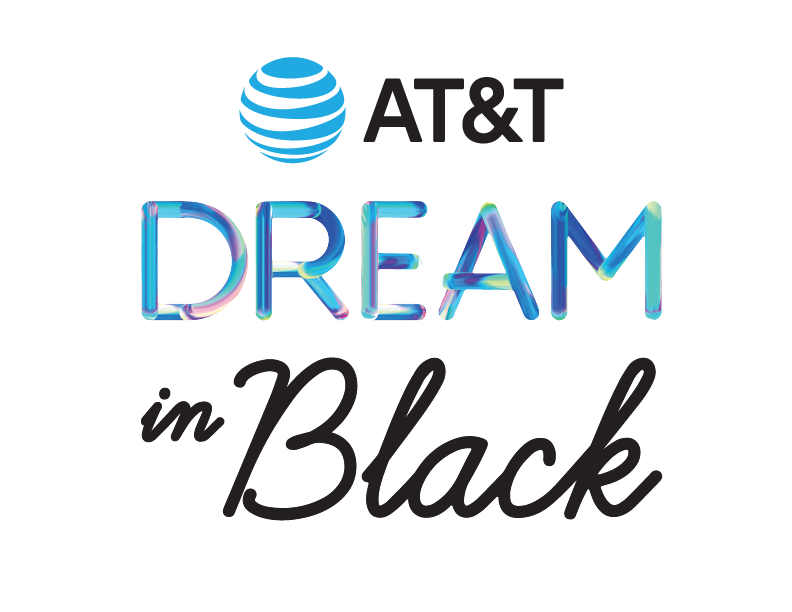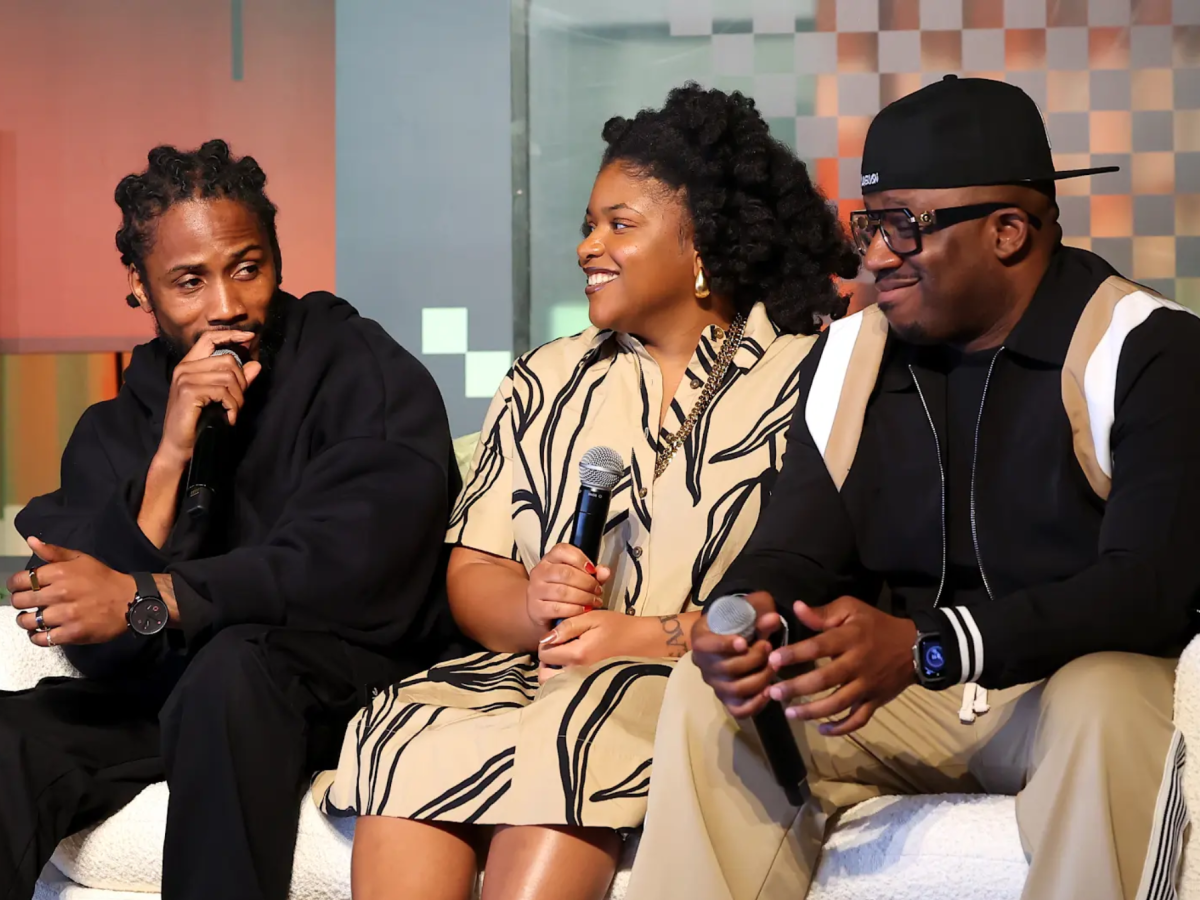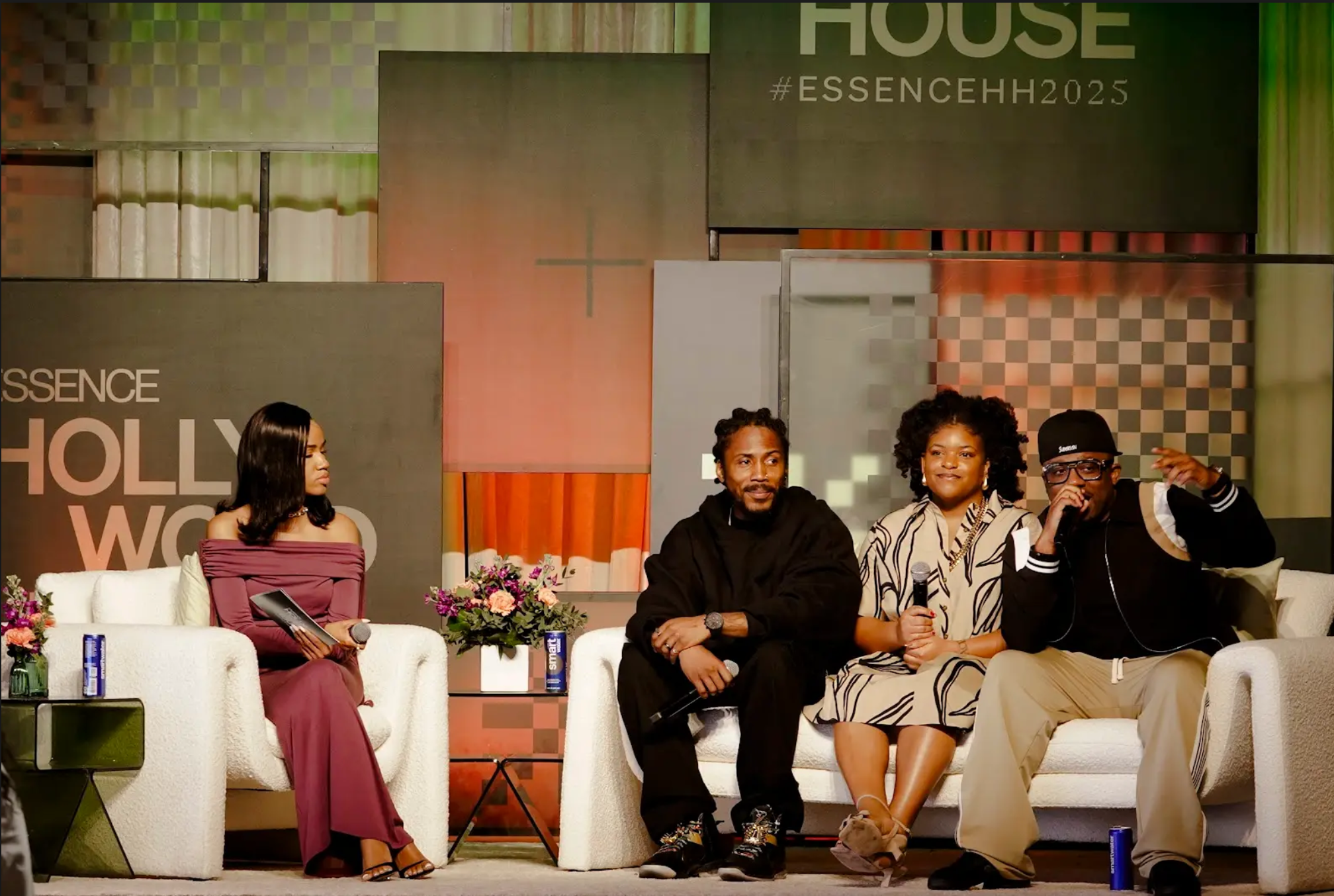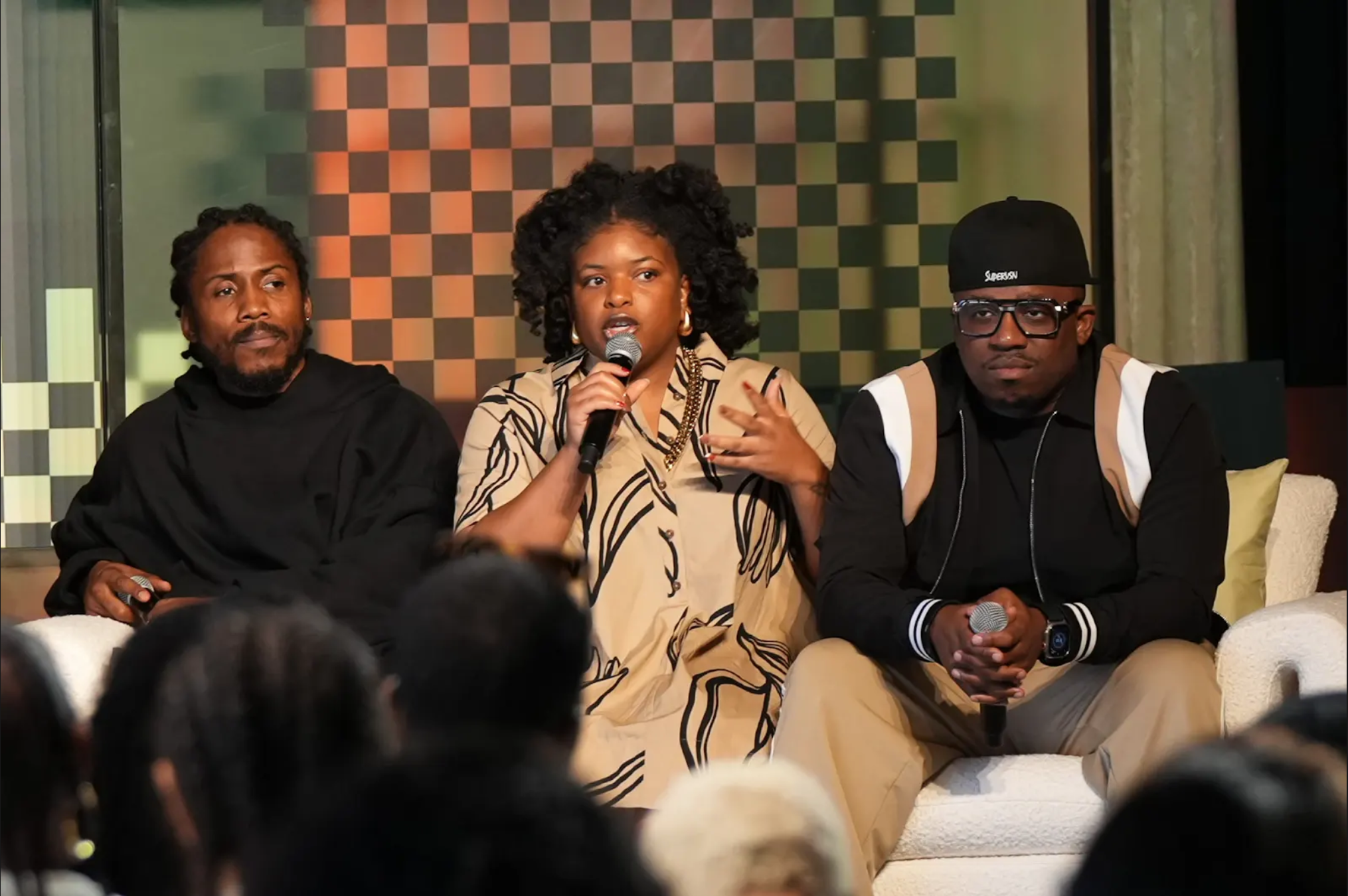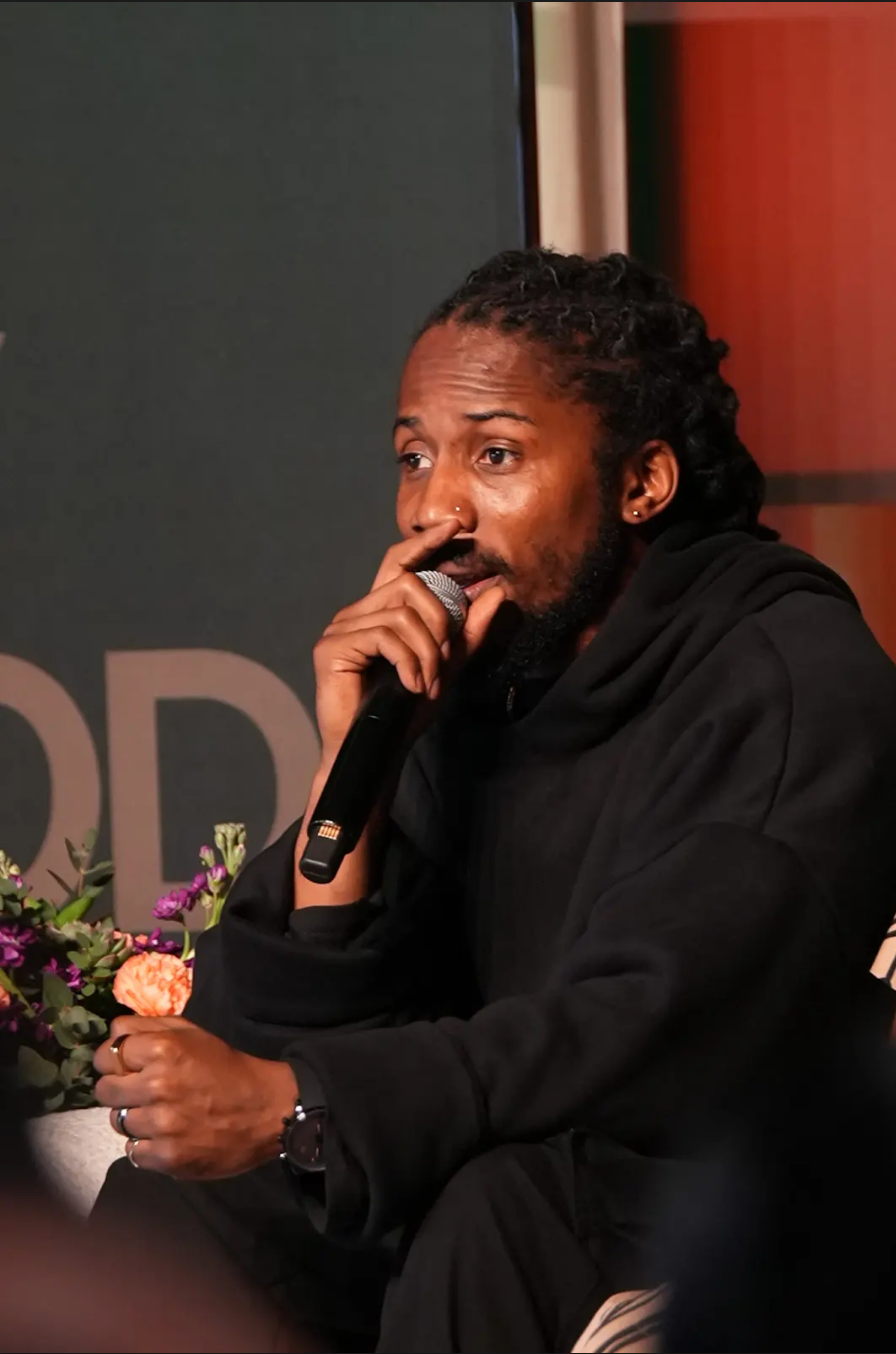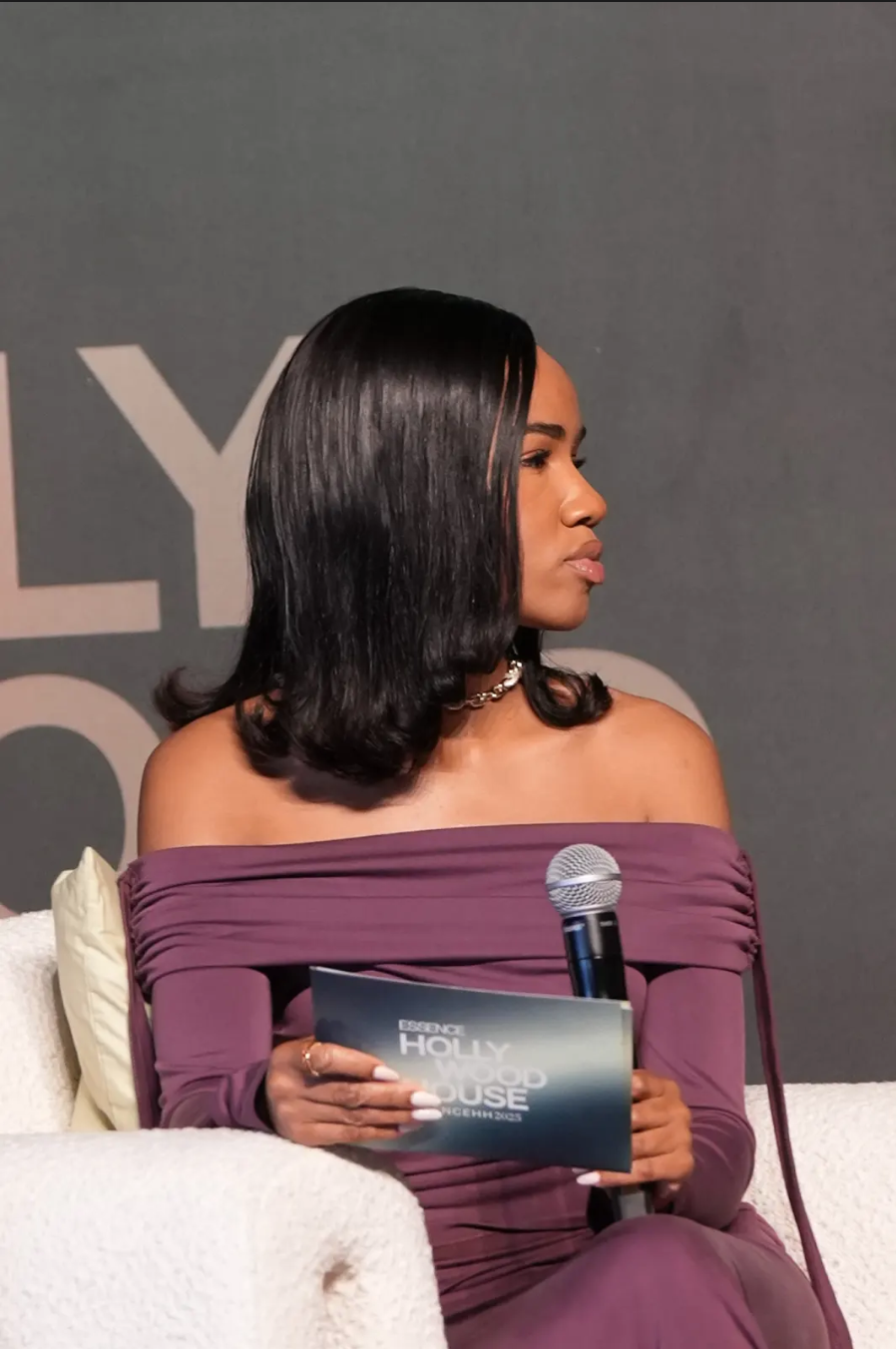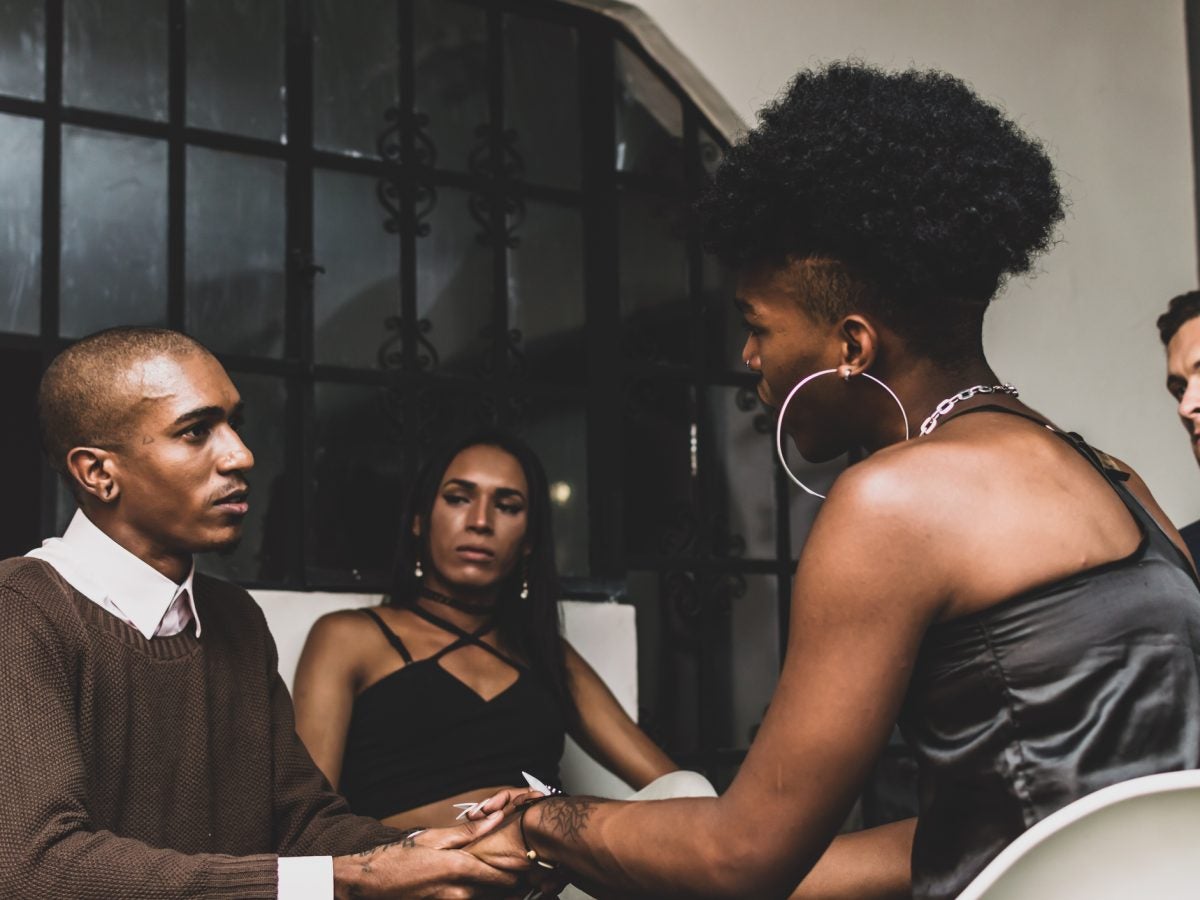
As Pride month commences, there is plenty to celebrate, but also a lot to think about. For all the strides that have been made, there are a number of efforts being put in place to impede upon the rights and freedoms of those within the LGBTQ+ community. And if we’re being honest, “a number” is really an understatement.
According to the Human Rights Campaign, more than 520 anti-LGBTQ+ bills have been brought in state legislators in 2023, which is a record. That includes the “Don’t Say Gay” law in Florida barring any instruction concerning gender identity for students from Pre-K age to 8th grade; there’s a bill in Louisiana seeking to ban gender-affirming healthcare for trans youth that was brought back for consideration after recently being struck down; and a bill in Texas, which just became the largest state to ban gender-affirming healthcare for minors) that through vague language, many believe, aims to ban drag performances.
With all of these measures being introduced and/or turned into law, this can have a great impact on the emotional wellbeing of members of the LGBTQ+ community. According to LaNail R. Plummer, licensed clinical professional counselor and the CEO of the mental health organization Onyx Therapy Group, the efforts made to push back against these actions can lead to an immense sense of overwhelm.
“That is what we see happening a lot in the LGBTQ community, primarily because we’re moving a step forward, and then it’s a couple steps back,” she tells ESSENCE. “And that becomes even more challenging and potentially traumatic when you add the intersection of race and gender. It makes it even more challenging in terms of, are we hamsters on this wheel? We get to these high moments and then we’re pushed back down by legislation, or pushed back down by politics, or pushed back down by social standards.”
Also overwhelming is representing for the community, including in conversations about these happenings and in work spaces. That, added to concerns about how they will directly be impacted by legislation, can feel like a “weight and pressure” on one’s shoulders. And Plummer notes that there are levels to the impact these experiences have on individuals affected. While the younger generation is more used to representation, allyship, being out and proud, and this push for therapy to protect mental health, those in Generation X who identify as LGBTQ+ and older may feel even more oppressed mentally by efforts to squash the rights of their community because they hadn’t felt the same kind of freedom or support in formative years.
“The folks that are coming after the millennials are growing up with role models on TV, or in books, or in mass media that’s a bit more reflective of their identity. So, it allows them to feel more of a collective movement, as opposed to an individual bash, or an individual isolation,” she says. “So when you intersect visibility and access together, they’re not suffering in the same ways that their older counterparts are, because of the intersections around socialization and identity development, specifically related to mental health and the LGBTQ.”
With that in mind, Plummer, who identifies as bisexual and whose work is focused on the community, offers protective mechanisms in addition to coping mechanisms for clients so they’re not feeling weighed down constantly by reminders of exclusion and discrimination, which are constant talking points in the news cycle. (And there is a big difference between protecting one’s self and coping based on what’s being experienced.)
“I think that it would be best for people in the LGBTQ community to have protective mechanisms like managing how much they’re watching about legislation. So, if you are not in a space to hear about it, turn the TV off, or scroll past it on your phones or on your computer,” she says. “Don’t engage in conversations if you don’t want to engage in conversations, and always have a replacement conversation topic. People don’t recognize that they can create a time boundary of when they don’t want to talk about something, or they can create an emotional boundary of when they don’t want to talk about something. So when people start talking about LGBTQ rights and the law, say, ‘This is not really what I feel comfortable talking about today. Would you guys rather talk about this?’ And so, you have a replacement.”
She continues, “I think about simple things like making sure that you’re eating well and you have enough water in your body because that allows a different blood flow in your body and that allows you to respond differently. When you are well fed, you have a little bit more patience. You have a little bit more compassion, you have a little bit more grace. So even physiological things like how we’re eating and what we’re eating is going to be important. So, protective factors are things that we can do daily that keeps us nice and full and grounded.”
“For me it’s watering my plants. For some people it may be reading a chapter of a book a day, or it may be having 15 minutes of quiet time in the morning, or it may be just sitting and being still, or maybe talking to their favorite person, or doing a Marco Polo. So, it is really dependent on what brings a person joy in something that they can do consistently as in five to seven times a week,” she adds. “And I think that they should be sensory based. So what can you taste? What can you touch? What can you smell? Things like that. What can you see? And then, it is also setting boundaries on what you are watching, setting boundaries on what you are reading, and doing that at a time that’s not close to your bedtime. So, we shouldn’t be reading things that are troubling us right before bed, because our brain and our mind will start to try to process that. In terms of coping mechanisms, that may mean hanging out with your good friend who has a shared identity with you once a week, just so you can vent it out, and just so that you can process it with somebody else, and be vulnerable. And in that vulnerability, it also allows for a person to feel that spiritual and emotional connection that’s necessary for community.”
And during this Pride month, it’s important to note that those outside of the actual community can provide a sense of community through support — if offered in a healthy, helpful way.
“What is best is for allies to ask a person, ‘How can I help you?’ Or, ‘I see that this is a problem, would you like me to step in? Would you like me to use my identity, or my privilege, or my access to support you?’ And those are two different approaches, because sometimes when you ask a person, ‘How can I help you?’ The person themselves may not even know, because they’re in such an emotional, intense state. If I was just offended, I might not be thinking in my frontal cortex in terms of solutions. I might be more in my processes of my amygdala, which is emotional-based. So I may not even know the solution in that moment. But, what I hear is that you want to help me and that at least lets me take a deep breath and feel a little bit seen and feel a little bit heard,” she notes.
“The person who’s an ally comes up with some solutions themselves, so that a person could say, ‘Yes, that is what I want.’ Or, ‘No, that is not what I want.’ Or, ‘Give me a second to think about it.’ Or, ‘Thank you for at least asking me.’ So, I want us to be careful that allies are not saviors. And so, they shouldn’t just act upon something, because they think that’s the right thing to do. They should actually ask, ‘Is this what you want and need?’ Which gives a sense of empowerment to this person in the LGBTQ community who already feels disempowered because of legislation, or because of socialization, or because of isolation, or because of whatever issues that are present. So, it’s asking the questions and being readily available, letting this other person go ahead and follow through with whatever solutions they have come up with, all while also allowing for a person to feel seen, and heard, and empowered.”





